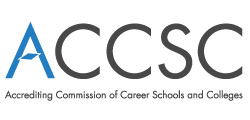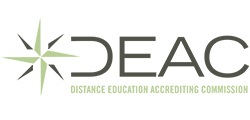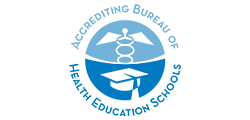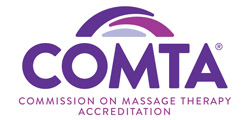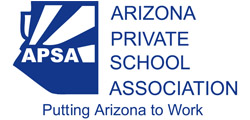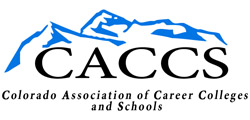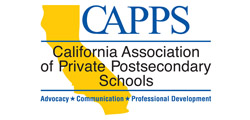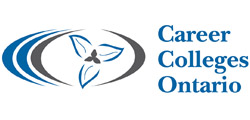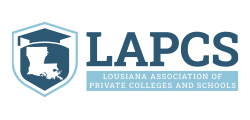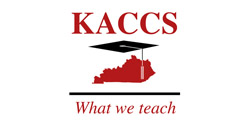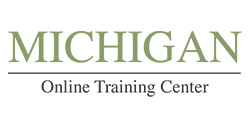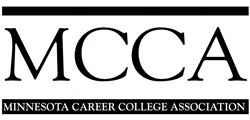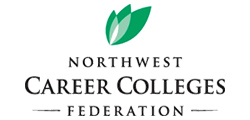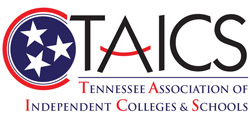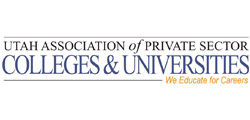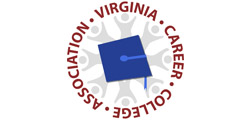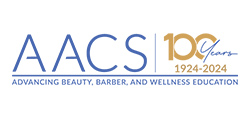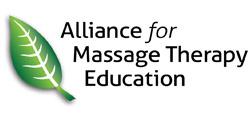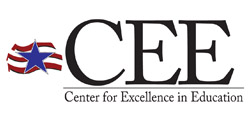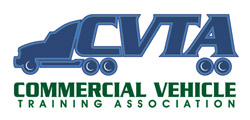Badge Evidence | Completed Courses (4 Hours Each)
ED101Effective Teaching Strategies
This introductory course covers the essential roles of a teacher and the competencies required to be a successful instructor in an educational institution. Proven techniques and strategies for planning and preparation are presented and discussed. In addition, the course offers effective methods for conducting the first class meeting and delivering course content. This course provides a solid foundation for new instructors and serves as an excellent refresher for more experienced instructors.
ED104Class Management Strategies
This course provides methods and techniques for managing students and class activities. We start by reviewing the steps instructors need to follow as they introduce a class to new students. We then discuss strategies to effectively deal with unfocused and challenging students. The course ends by describing common mistakes made by instructors and ways to avoid them.
ED107Creating an Accelerated Learning Environment
Retention is an issue, and what happens in the classroom is a critical factor influencing a student's decision to stay or go. The classroom environment may be hurting your students' view of the quality of your programs. In this course, you will learn tips and techniques to deal with environmental influences such as your role as the instructor, the classroom, the interactive activities, the support materials, and the sequence of instruction as well as other subtle influences. You will learn to view the environment from the student's perspective to increase your teaching effectiveness and student retention.
ED112Influencing Student Motivation
This course is intended to offer a practical explanation of how an instructor’s behaviors and choices can influence the motivation of students. It is not intended to be a theoretical or academic treatise about motivation. Module 1 offers useful tips that may help instructors to motivate students. Students’ security and autonomy are described as they influence motivation during instruction, questioning, activities, and evaluations. This is followed by a discussion of how motivation can be improved by enhancing students' sense of autonomy when making assignments, selecting instructional methods, implementing classroom procedures, and developing evaluations. In Module 2, intrinsic and extrinsic motivators are defined and compared. Finally, a variety of "miscellaneous motivators" are offered for instructors to consider.
ED113Managing the Adult Classroom
This course compares and contrasts four styles of classroom management. The course includes "virtual visits" to animated classrooms where participants observe four instructors who exhibit different management styles. The style that is preferred by most students is identified and described, and suggestions are offered on how instructors can modify their personal style to increase their effectiveness. A four-step model for developing successful classroom management strategies is presented and is followed by a discussion of a practical, behavioral approach to classroom management. Characteristics that foster good discipline in the educational institution and in the classroom are listed and explained, and tips are offered that can improve both institution-wide and classroom discipline. Finally, a number of scenarios involving common discipline problems are described.
ED114Questioning in the Classroom
Questioning can be one of the most effective classroom teaching strategies. However, many instructors are not familiar with the techniques and research findings associated with good questioning. This course begins by comparing and contrasting the major types of questions and their most appropriate uses. Some relevant statistics and research findings are presented, followed by a discussion of four effective questioning practices. The course concludes by offering a few tips and suggestions for instructors to consider.
ED115Soft Skills for Instructors
The purpose of this course is to provide instructors with a very basic introduction to the concepts of soft skills and emotional intelligence (EQ). It is designed especially for new instructors in career schools who have little or no training in educational techniques and who are unfamiliar with the basics of emotional intelligence. The course provides a comparison of hard and soft skills, including people skills and workplace behaviors. Ten important soft skills are discussed in detail and the relationship between EQ and soft skills is explained. The course concludes with tips and suggestions to help instructors enhance their soft skills and EQ.
ED115RSoft Skills for Instructors
This survey course provides an introductory discussion about how good soft skills help instructors to be successful. A distinction is made between hard skills, soft skills, people skills, and workplace behaviors. Selected soft skills are listed for various categories of businesses and industries, including the teaching profession. Two studies are referenced that highlight skills that are frequently cited in the literature. One study was published in 1997, while the other was conducted specifically for this course in 2024. Selected tips are offered for improving one's soft skills. Numerous hyperlinks are included that direct the reader to a variety of online enrichment materials, including a few online instruments that help individuals learn more about their own soft skills.
ED119Using Technology to Engage and Educate
This course is an overview of a variety of ways in which educators can infuse technology and web resources into every day curriculum, to engage learners and promote collaborative learning. A variety of resources and suggestions are contained within this course, allowing everyone from the novice to the technology expert to take away what is appropriate for them, their students, and the course, in order to integrate 21st century teaching resources and practices in a practical and beneficial manner.
ED125Effective and Efficient Instructional Strategies
Planning Effective and Efficient Instruction provides new and experienced instructors with practical ways to design and deliver learning experiences that establish an environment that facilitates learning. The course summarizes important academic concepts while providing specific strategies for planning lessons, reaching learners, asking questions and assessing student mastery of the course and program objectives.
ED130Teaching Students with Post Traumatic Stress Disorder
Students (both veterans and non-veterans) with Post Traumatic Stress Disorder (PTSD) are enrolling in career education in increasingly larger numbers. Instructors need to have a basic understanding of what PTSD is and how it impacts the lives of students. This course covers what PTSD is and the characteristics that students with PTSD may display. In addition, Traumatic Brain Injury (TBI) is discussed as many students enrolling in career education have both PTSD and TBI. Instructional strategies to support the learning of students with PTSD and/or TBI will be discussed and examples given. Participants will also be given sources where they can gain additional insight into how to support the learning of students with PTSD and/or TBI.
ED140Five Myth-Understandings about Learning and the Brain
Did you ever hear that we only use about 10% of our brains? Were you ever told that you are more right-brained or left-brained? Did you know that males and females learn differently as a result of differences in their brains? Did you know that people have different learning styles? Did you ever hear that you retain more of what you do or see than of what you read or hear? If you answered "yes" to any of these questions, you have experienced a "myth-understanding." The purpose of this course is to explain the background and truth about these myth-understandings that pervade much of the popular literature to this day. All persons who are involved in the education of others must guard against these myths and ensure that they do not influence their professional practices.
Note: Many learning theories have been developed that represent the efforts of researchers with different perspectives on how individuals develop and learn. As within any field, facts and myths may be driven by controversial opinions and philosophies that need to be considered by individuals engaged in professional development.
EL105Online Language: Communicating with Students
This course will provide you with information to help you effectively communicate with students and encourage communication among students in an online environment. You will learn the importance of facilitating instructor-to-student (I2S), student-to-instructor (S2I), and student-to-student (S2S) communication. Technology tools play a vital role in the communication process and several are discussed in this course. In addition, discussion is also provided to help you further understand how to manage and measure communication in an online course and help students communicate effectively.
UT101Utilizing Learning Objectives in the Classroom or Lab Tutorial
In this tutorial, we'll look at the characteristics of effective and measurable learning objectives. We'll also focus on how we can utilize learning objectives to guide us in selecting teaching methods, learning activities, and assessments that maximize student mastery of the lesson at hand.
This is a private tutorial intended for associates employed by Universal Technical Institute.


